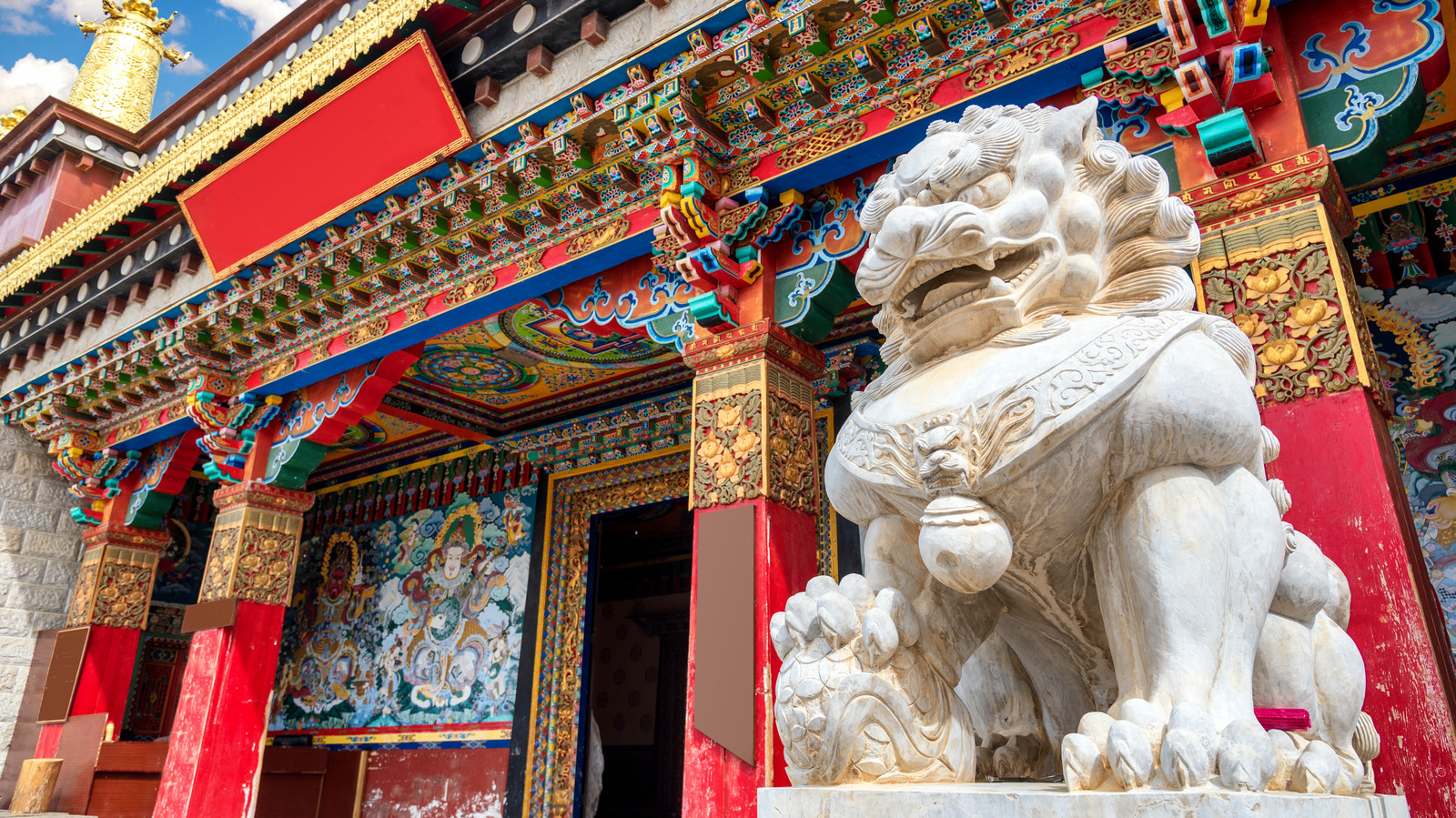
To be clear, the marble lion statue from “Antiques Roadshow” is much more than an “antique” dated to the last century. As appraiser Lark Mason said in the original appraisal, pieces like it have all been gobbled up by museums for safekeeping. A millennium-plus-old Tang dynasty statue from China is an artifact of history, not a bauble fit for tossing around a flea market. We can assume that’s a big part of the reason why Mason was so overwhelmed during the episode in question — that and the excellent condition of the statue, which while smoothed out in certain places and worn from time, was decidedly pristine.
To brush up on our Chinese history, the Tang dynasty ruled China from 618 to 906 C.E. — around when Charlamagne was uniting some disparate Western European kingdoms. Columbia University describes the Tang era as a time of prosperity, “cosmopolitanism,” and “cultural flowering,” when Buddhist influences really took hold within Chinese culture. The arts were highly valued at this time, particularly “the three perfections:” painting, poetry, and calligraphy. According to Mason, this was the “golden period of Chinese art.”
The Metropolitan Museum of Art says that lions were commonly featured in Chinese statues possibly because they were “exotic” and not indigenous to the Chinese mainland (some might have been kept in Han dynasty imperial parks). Statue styles evolved through different periods, from the Han dynasty (206 B.C.E. to 220 C.E.) all the way to the Ming dynasty (1368 C.E. to 1644 C.E.) and beyond.









